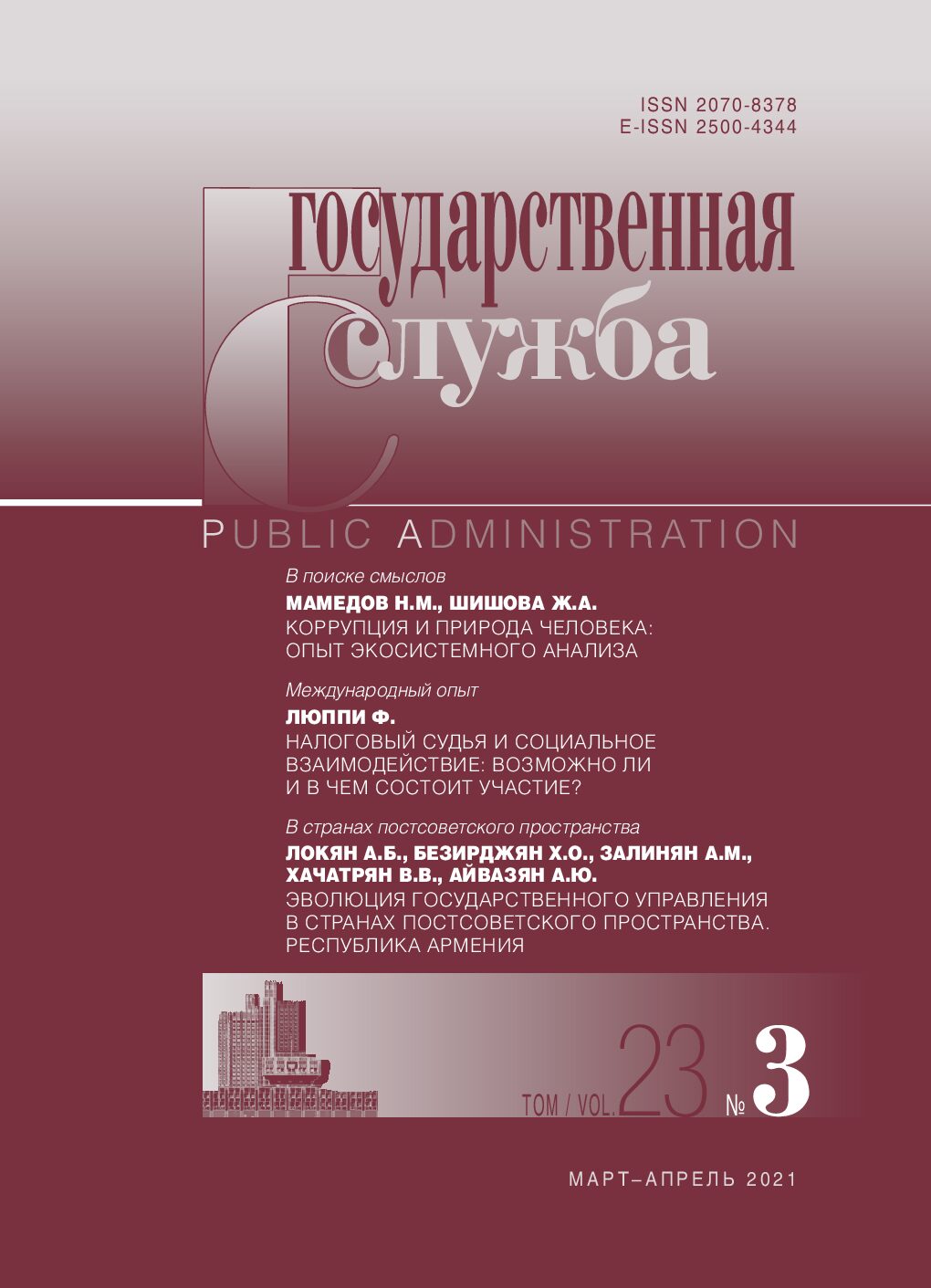Recommended link to article:
LYUDMILA OLEGOVNA TERNOVAYAа
аMoscow Automobile and Road Construction State Technical University (MADI)
DOI: 10.22394/2070-8378-2021-23-3-73-79
Abstract:
Sport has long been the means of solving the problems in world politics. One of the first games that showed the possibility of combining different spheres of human activity was chess. The article examines the history of the development of chess, patterns and features of this intellectual game through the prism of geopolitical interests. The author draws an analogy between the mental efforts of the players and the activities of diplomats, finds common features in the strategy of the game and in international politics in defending state interests. It is proposed to consider the field of the chess game as a battlefield or geopolitical map of influence, the rules of the game on which are established by the strongest countries. Opponents demonstrate strength, endurance, and character that are necessary for any sport. The importance of anticipating a variety of options in this rivalry is easily extrapolated to socio-political realities. Chess reflects the images of spatial and social organization that are important to a person, and the rules of the game have much in common with the strategy of behavior of the main actors. Chess was highly valued during times of social transformations; this was manifested in the desire not to ban the game as a legacy of the past, but on the contrary, to make it a symbol of the ongoing changes. This policy was followed by the French revolutionaries of the 18th century and the Russian Bolsheviks at the beginning of the 20th century. Despite the open appearance of confrontation, chess games are well reminiscent of diplomacy, which consists of closeness and seclusion. According to some political scientists, we can easily compare the chess game can with the strategic management of geopolitical interests.
Keywords:
international relations, geopolitics, diplomacy, art, chess, history, society
Received:
August 27, 2018
References:
American educators. Selected works in two volumes. / Translated from English. Volume I. Moscow: Mysl, 1968. In Russian
Brzezinski Z. The grand chessboard. American primacy and its geostrategic imperatives / Translated by O.Yu. Uralskaya. Moscow: Mezhdunarodnyye otnosheniya, 1998. In Russian
Chess. Encyclopedic dictionary / Editor-in-chief A.E. Karpov. Moscow: Sovetskaya entsiklopediya, 1990. In Russian
King D. The commissar vanishes: the falsification of photographs and art in Stalin’s Russia. Moscow: Kontakt-Kultura, 2005. In Russian
Kirkpatrick D. Dictatorships and double standards. Vestnik Rossiyskoy natsii. 2011. No. 4–5. P. 267–296. In Russian
Linder I.M. A.D. Petrov. The first Russian chess master. Moscow: Fizkultura i sport, 1955. In Russian
Luchitskaya S.I. Metaphors of medieval society: body, building, chess // On the boundary of voice and echo». Collected papers in the honor of T.V. Tsivyan. Moscow: Novoye izdatelstvo, 2007. P. 269–275. In Russian
Murklinskaya G.A. Geopolitical chess: the art of winning without war. Makhachkala: Epokha, 2008. In Russian
Petrov A.D. Chess game, arranged in a systematic order, with the addition of Philidor’s games and annotations to those. St. Petersburg: Tipografiya N.I. Grecha, 1824. In Russian
Zelenin V.V. Operation «Knight’s Move». Sovetskoye slavyanovedeniye. 1974. No. 3. P. 86–98. In Russian
Articles in Open Access mode are published under the Creative Commons Attribution 4.0 International (CC BY) license.

